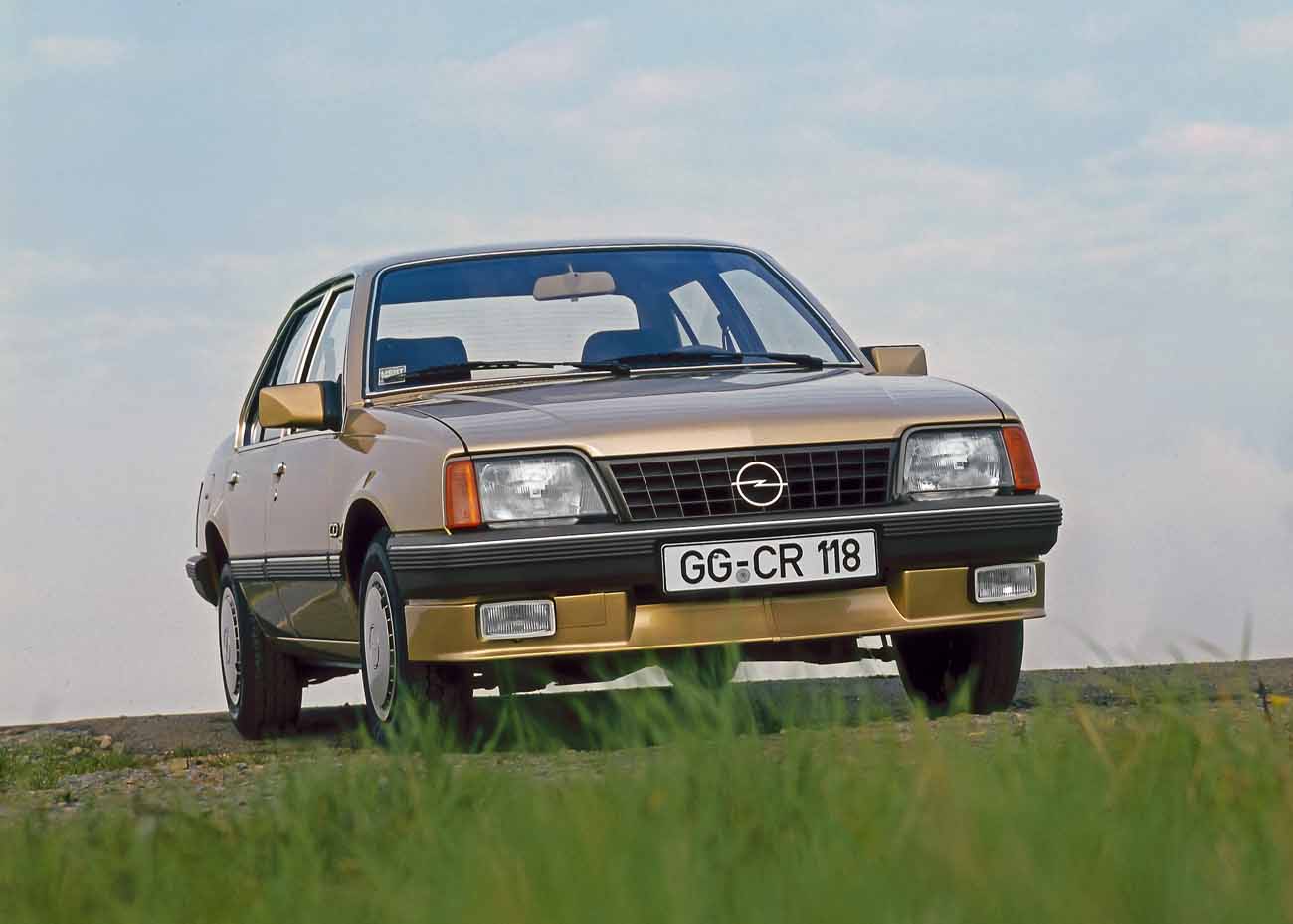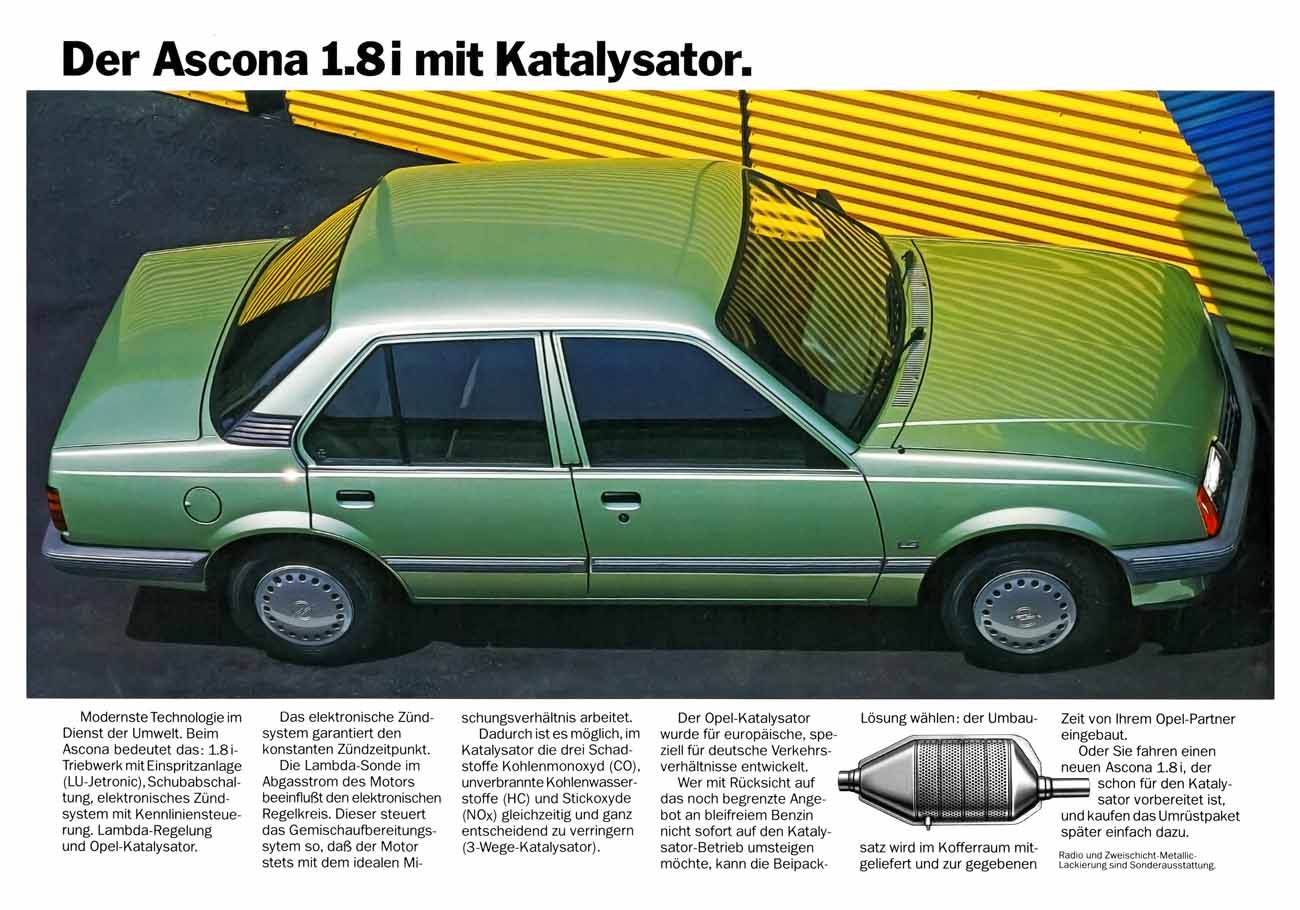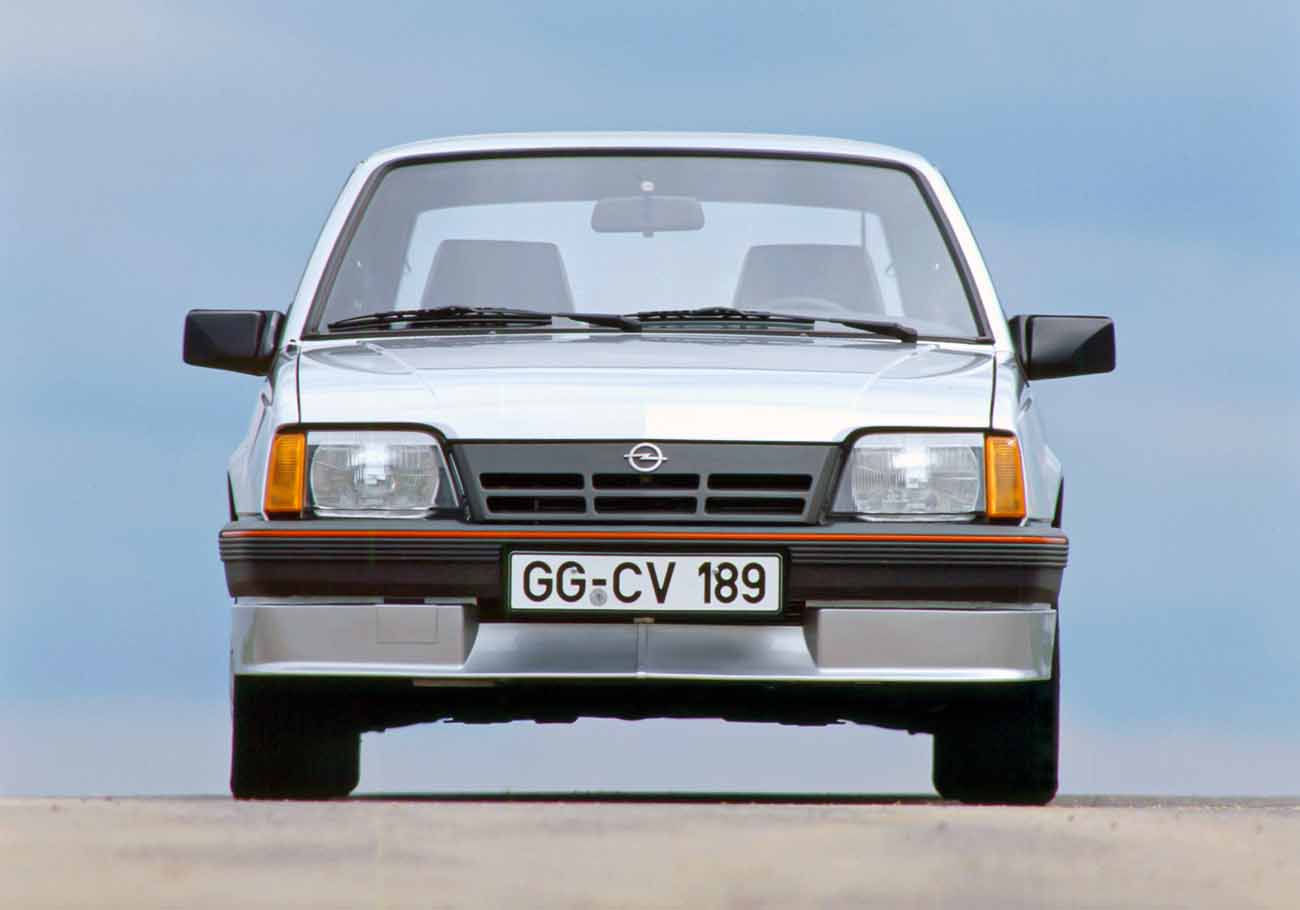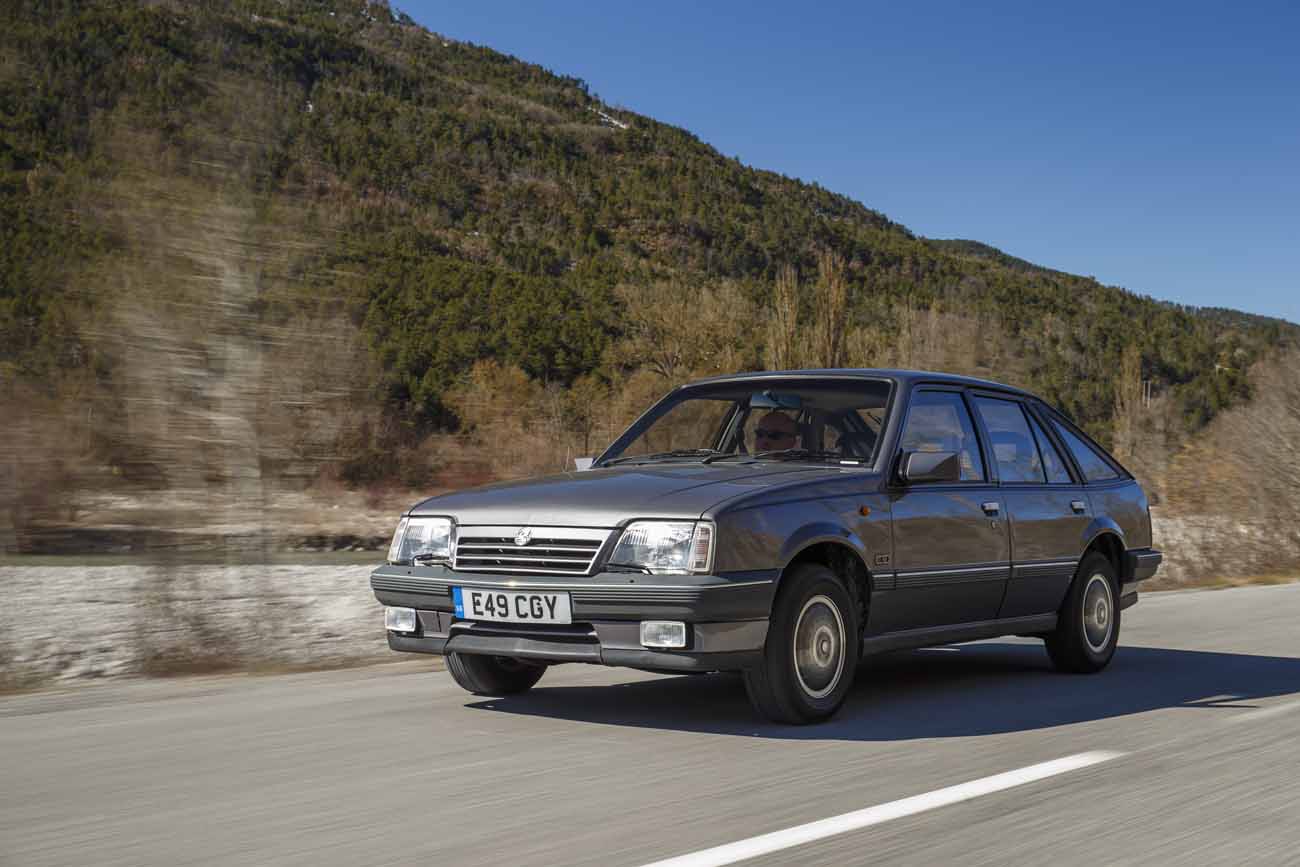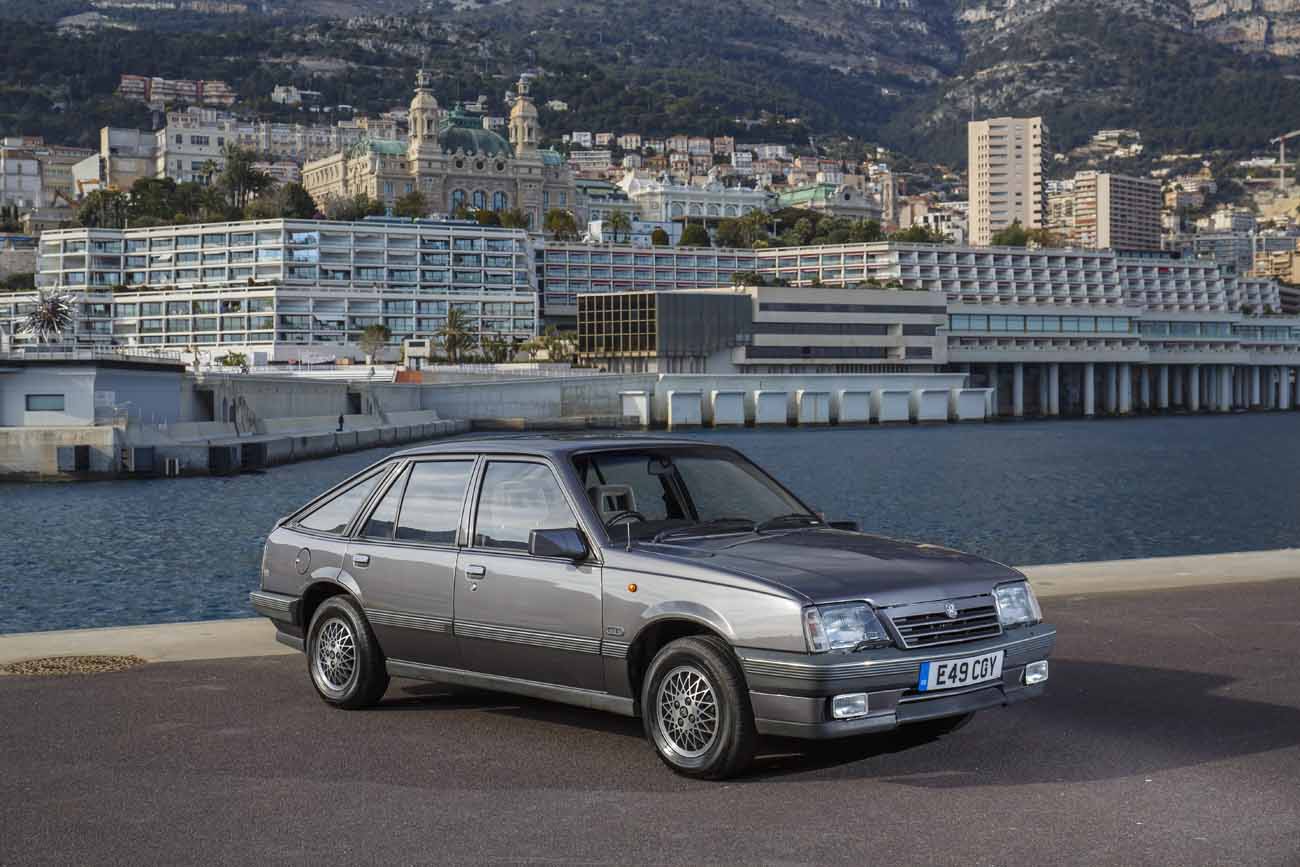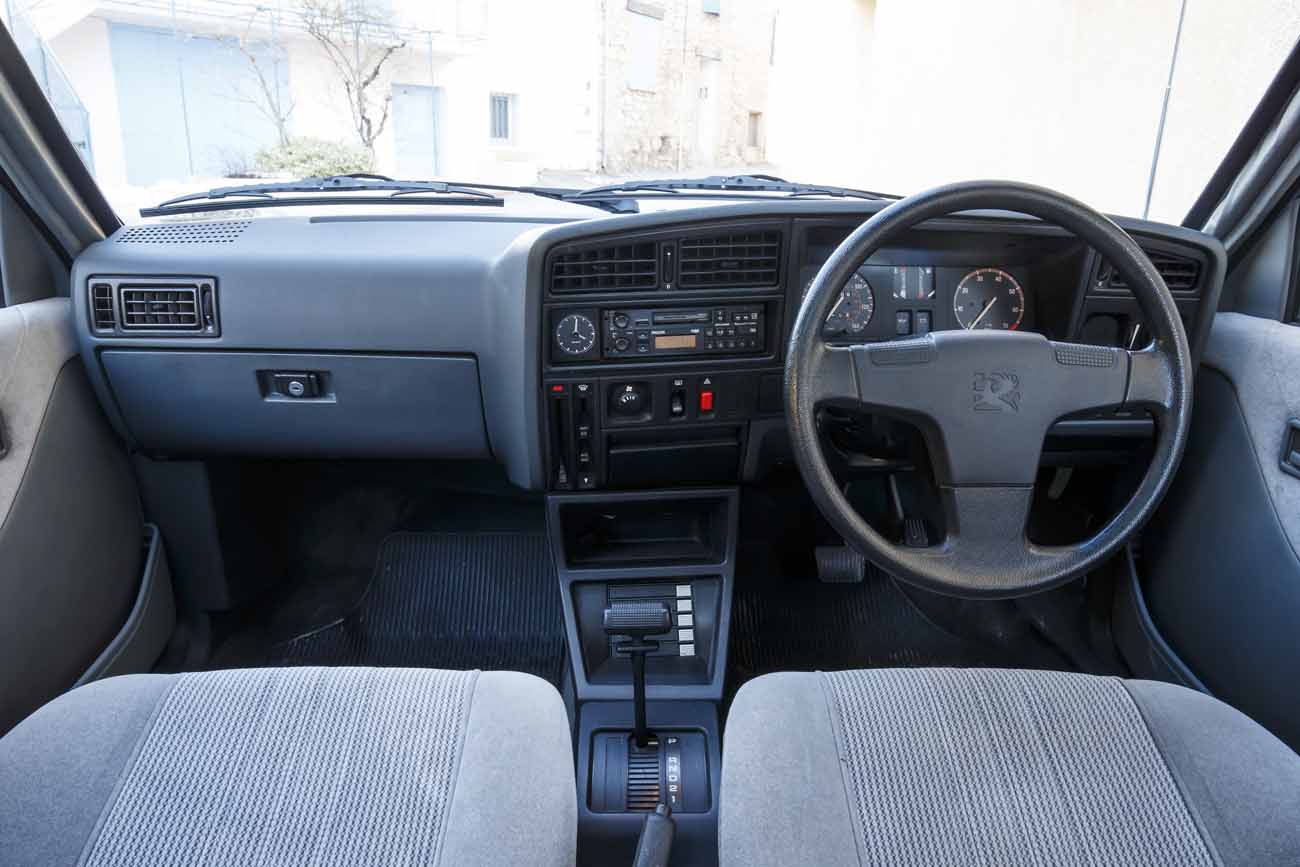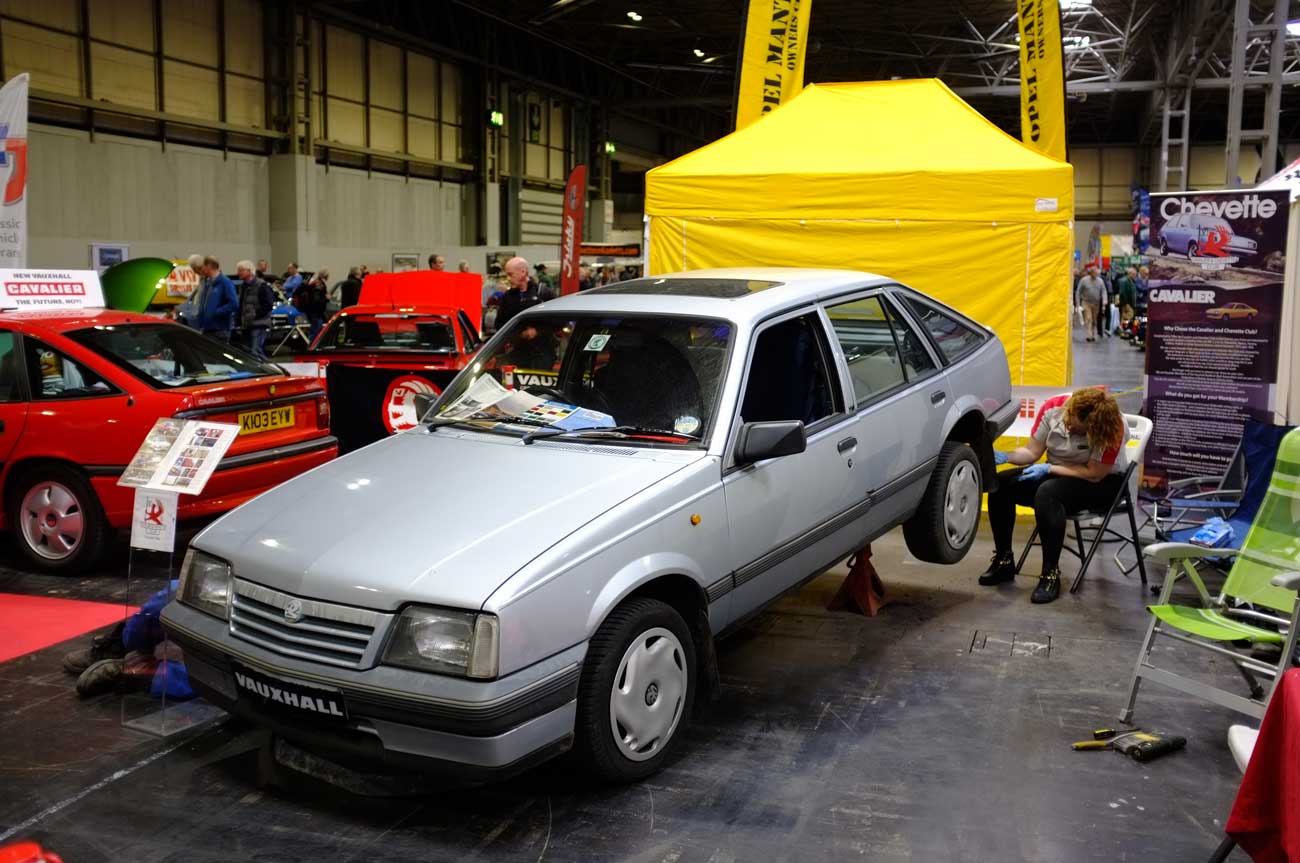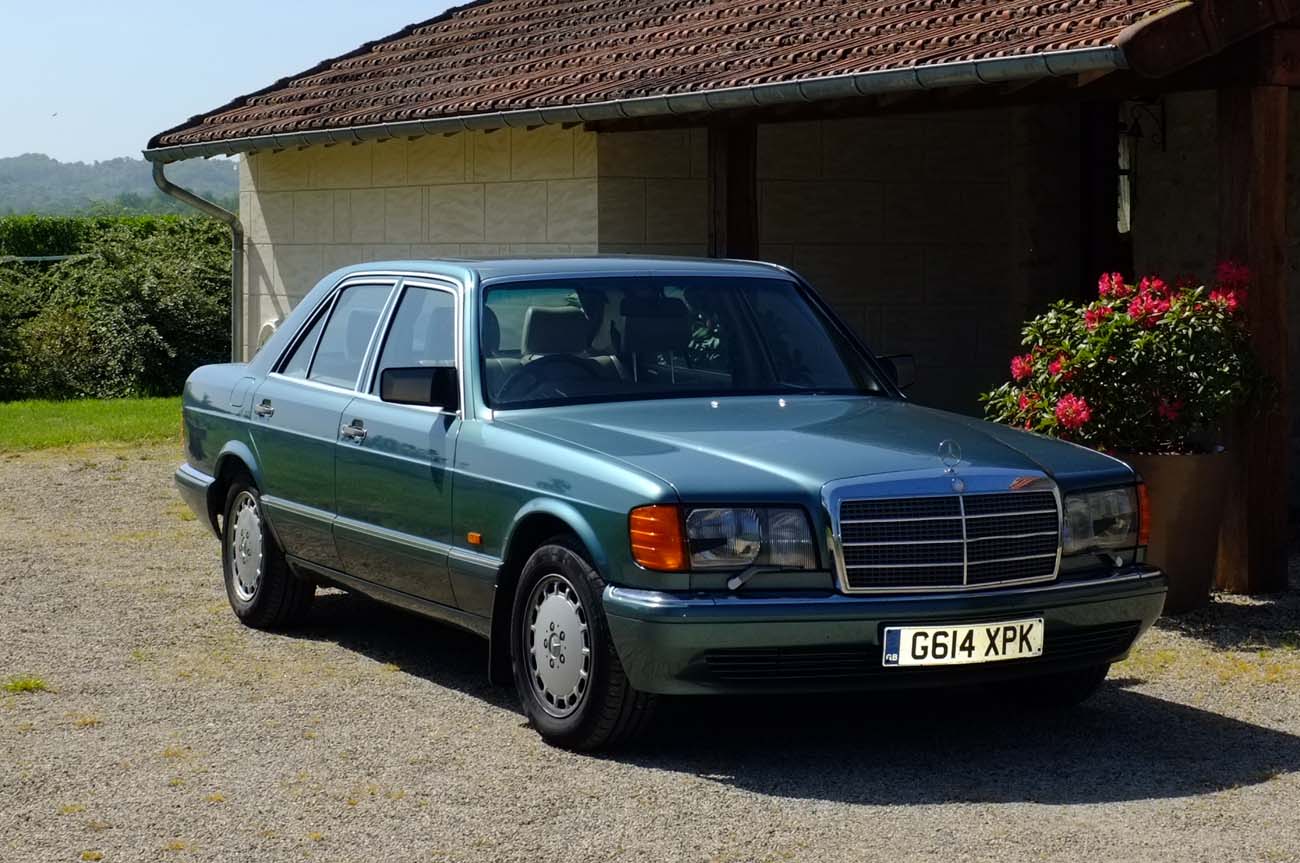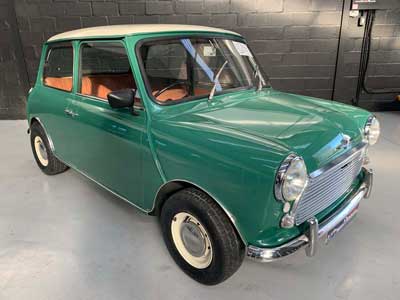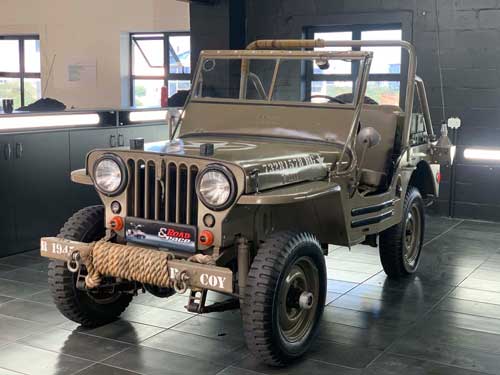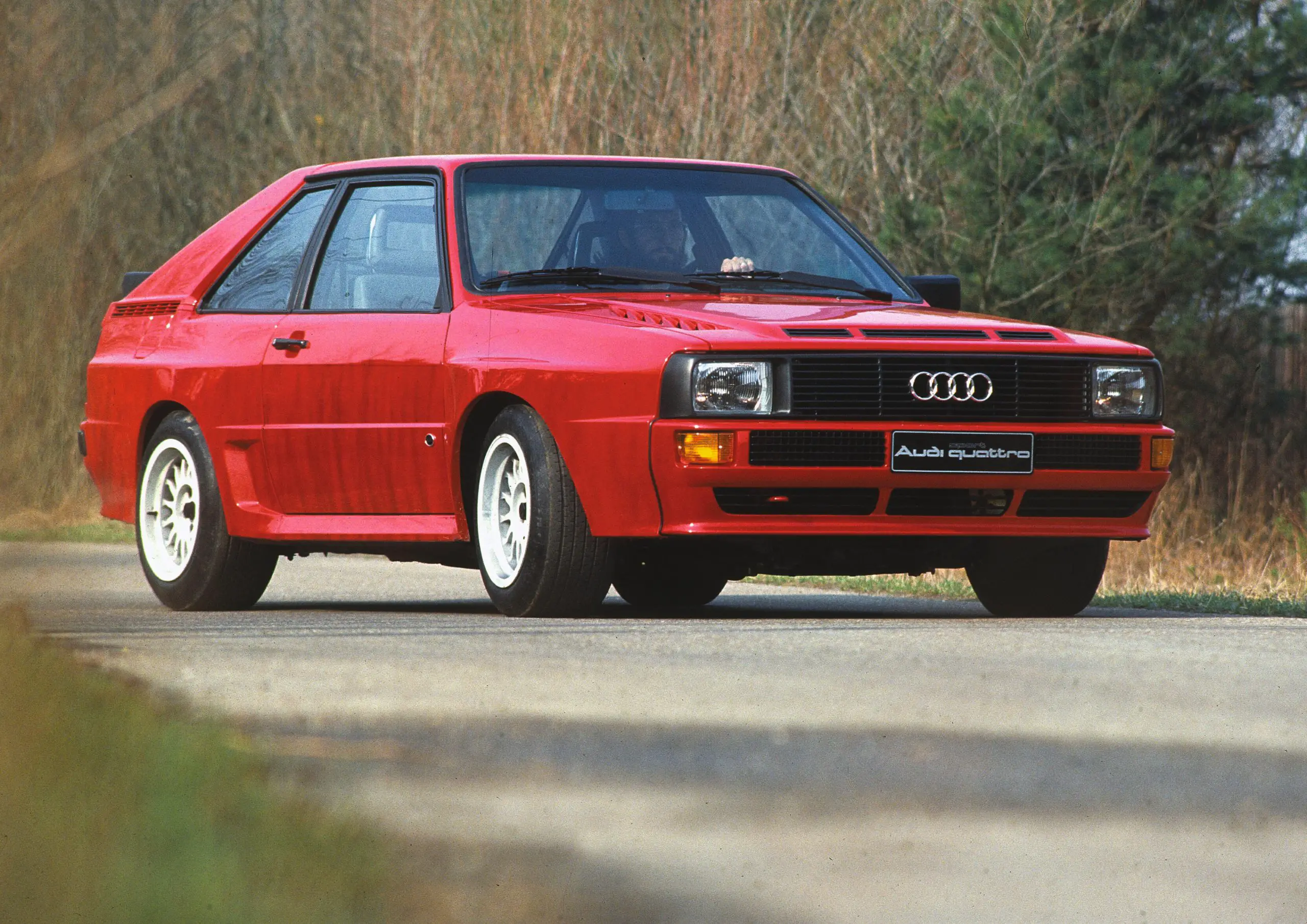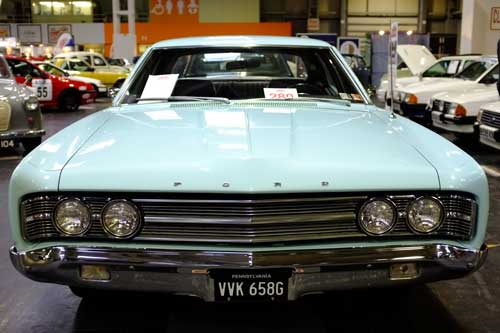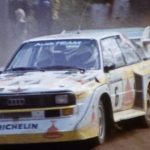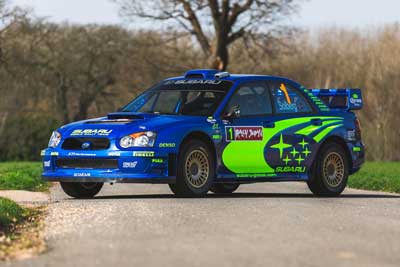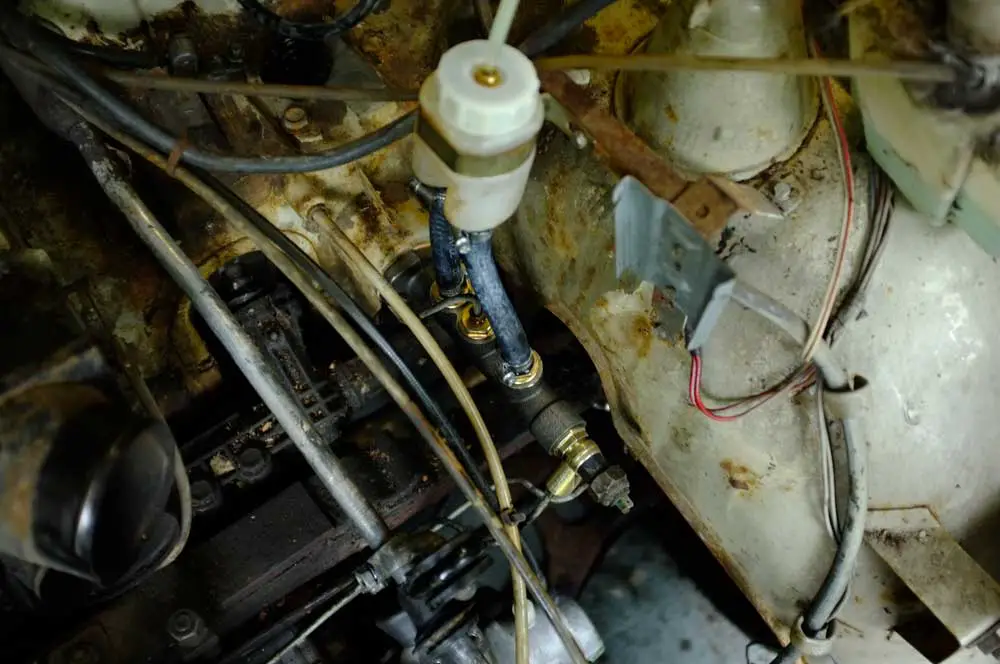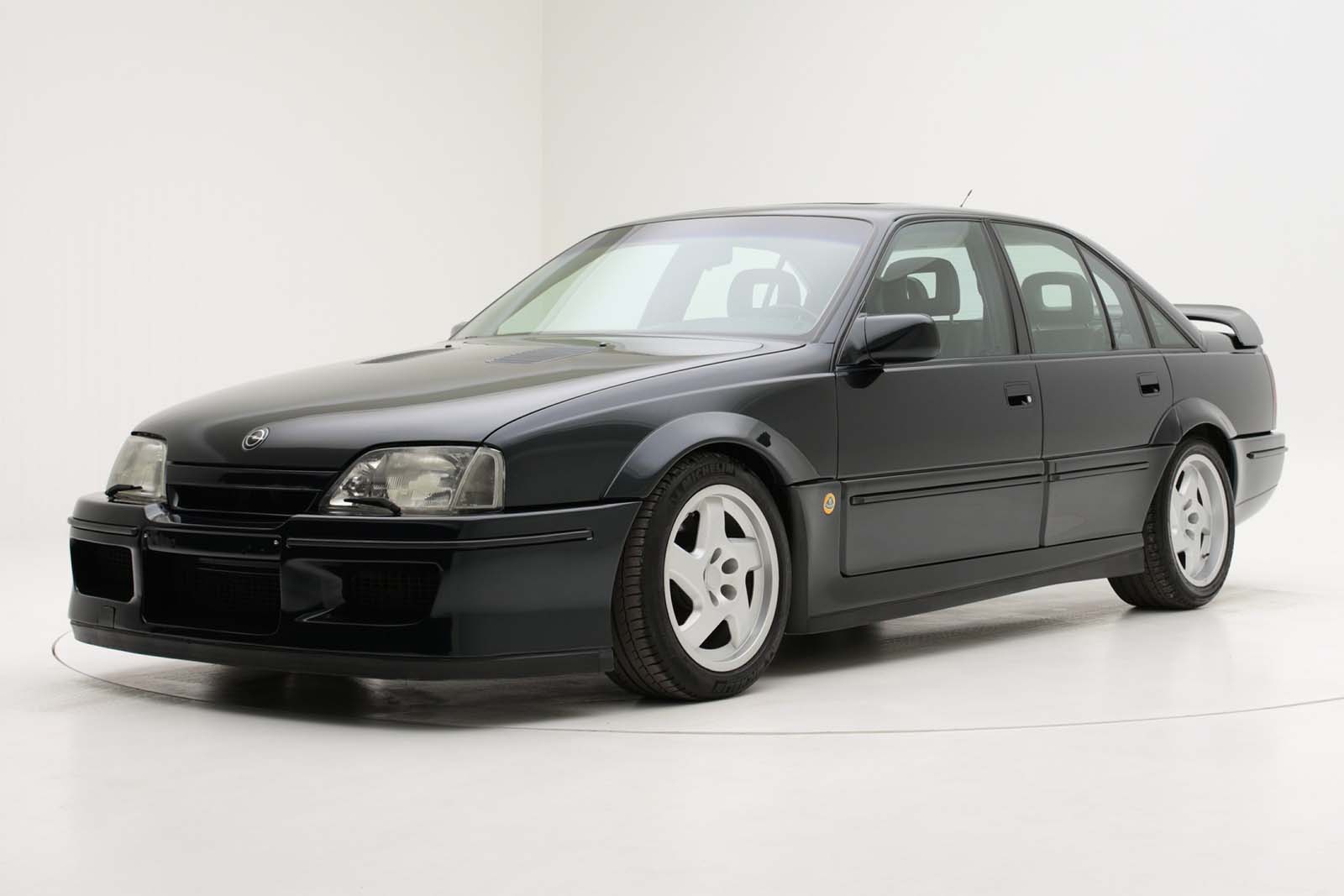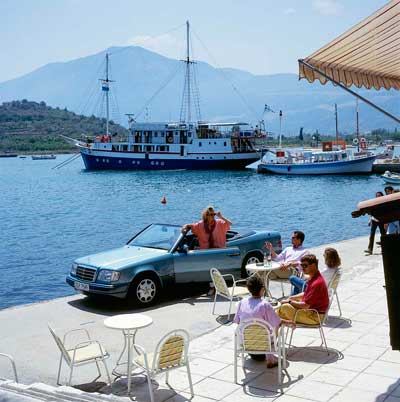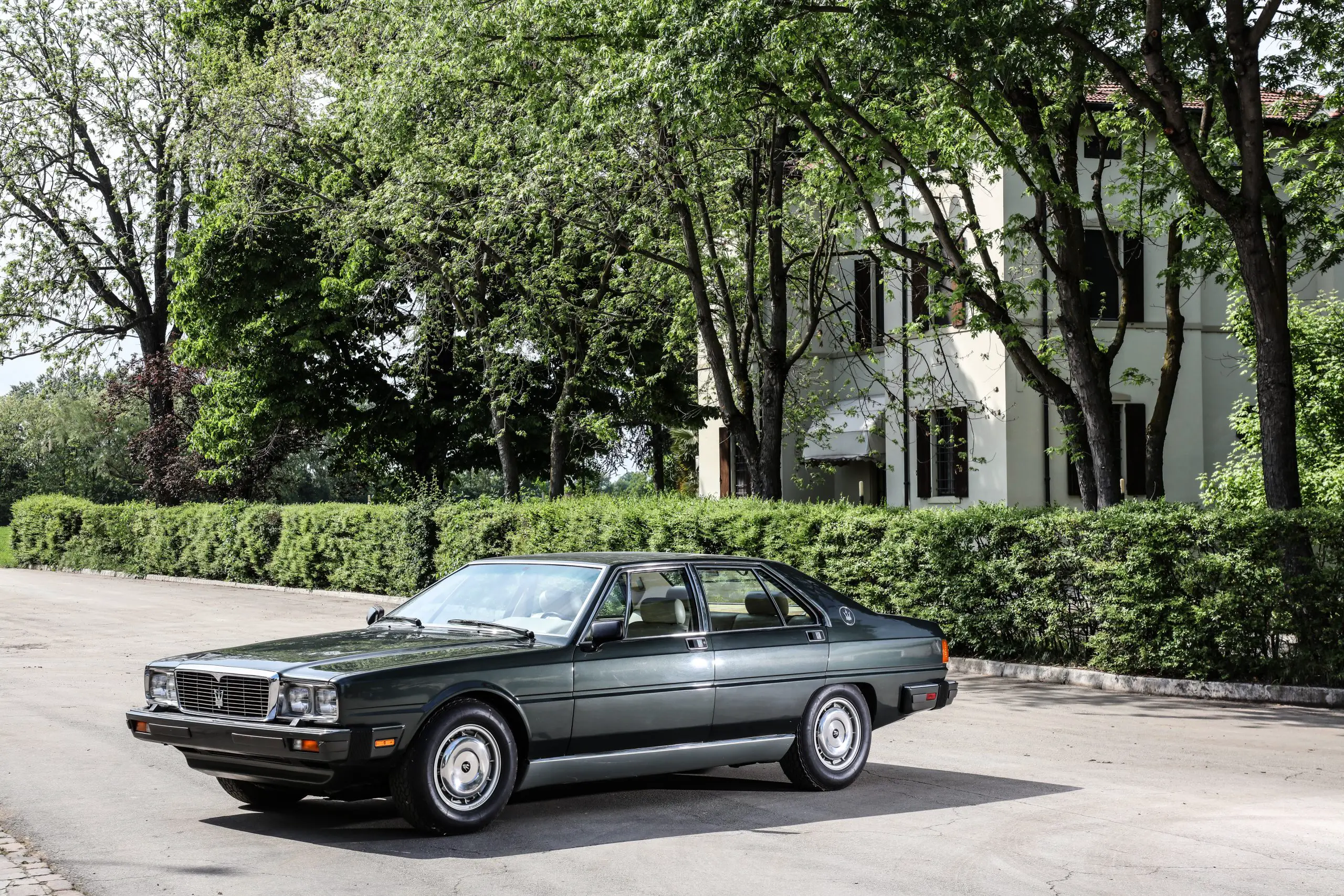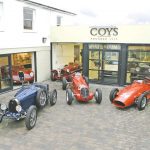
40 Years Of The Vauxhall Cavalier Mk2 / Opel Ascona C
Back in August 1981 the new second generation Vauxhall Cavalier, or Opel Ascona C, was released to much fanfare. This large family car was an important model for the amalgamated Vauxhall and Opel with the car being in the UK a simple rebadging exercise.
However, it was a decent car. The old rear wheel drive saloon had been replaced with a new front wheel drive platform competing with other European marques who had done the same. Ford had stuck with rear wheel drive with the soon to follow Sierra.
So, what happened to one of Britain’s best selling cars? Well, it was the second best seller for a couple of years behind the Ford Escort outselling the Sierra. Though by the end of production in 1988 the Sierra was selling twice as many. Though it was introduced a year later and held on quite a bit longer.
Originally launched as a two or four door saloon and a five door hatchback the car was to form the basis of the J body used throughout General Motors. Siblings included the Cadillac Cimmaron in the USA, the Holden Camira in Australia and somewhat strangely the Isuzu Aska which was built by Kawasaki for the Japanese market.
The car spawned many other descendants which had much longer lives than both European variants. In the US the Chevy Cavalier was produced from 1981 to 2005. Although by then the 1995 redesign had disguised the underpinnings well.
Of course, there were greater engine options over there too, with the 2.8 L V6 being popular. Sadly, it didn’t make its way here, but we did benefit from some of the other divisions designs. The estate version was essentially the Holden, with the bodywork being produced by them. A convertible followed too which was rather attractive, but not a big seller.
And for the first time in many years Vauxhall made left hand drive cars for export, albeit badged as Opel’s for sale across Europe.
Engines were as small as the 1.3 which you could have up to L trim and as large as a 1.8. The fuel injected engine in the GLSi and the SRi producing a healthy 115 bhp or so being in line with other European offerings.
It took several years for a 2 litre powerplant to be fitted into the Cavalier, where in other markets they had been available. That was largely to do with the tax break on company cars of 1.8 litre capacity or less. By 1987 you could buy the 1.8 in L trim, not that I knew anyone that did.
There were two facelifts in its lifetime. The first being in 1985 where the grill was revised, the rear lamps, a new steering wheel, some different fabrics inside and some equipment upgrades. Many of these came straight from the new Astra Mk3.
The second time was in 1987, only a year before the model was to be replaced. The rear lamps getting the Senator treatment and another new grille. But it was at this point that the 2.0 litre engine finally arrived in the UK. The SRi 130 was the highest performance variant of the Mk2. Top speed of 120 mph and acceleration to match with 0 – 60 mph taking 8.2 seconds according to the Autocar road test, though they only managed 117 mph…
Still, that’s pretty decent performance, even the 1.6, if you got the 90 bhp version was willing and went well. The 1.3 less so, but they still weren’t bad. Ok they handled a bit understeery, but it was fwd. The ride was ok, so was the space inside. The crash performance wasn’t a strong point. A TV show investigated the poor side impact performance of it from what I can remember, but I don’t think it was worse than any of the competitors at the time.
The final version was the Irmscher tuned Cavalier Calibre. Styling by Aston Martin / Tickford, suspension modifications, Recaro seats, a trip computer and power steering, this was the highest specification yet and produced in a limited run of only 500 and a price tag of £13,000. I remember seeing one at the motor show as a small child and being really impressed with how it looked.
My Dad thought otherwise, it’s looks were a bit strong and I think he felt the interior of his Audi was better. Probably for the best as it would have been stolen anyway.
I haven’t seen a Cavalier on the road for a very long time, and that’s a shame. One of the best selling cars in the UK of the 1980s has all but disappeared. For a while it was one of the most scrapped cars too. But why is that?
Rust played its part. It was common to see six year old Cavaliers deteriorating, especially those from the earlier days of manufacturing. Things improved over time, but with any mass produced car they tend to get used and disposed of.
It’s one of the sights on the road I miss the most. I knew many people who had them, spent a lot of time riding in them. My friend’s dad had a 5 door hatch followed by a 4 door saloon. both 1.6 L’s and both company fleet cars. I knew someone with the Antibes special edition, and others with 1.8 GLSi and SRi variants. But for some reason I’ve never owned one myself and I wonder if I ever will. With less than 1% left of the 807,624 sold in the UK I may never get to.
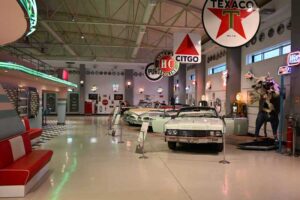
Ural Ataman Classic Car Museum – Istanbul, Turkey
This has to be one of the nicest private collections I have seen, the Ural Ataman Museum in Istanbul, turkey has not only a wide
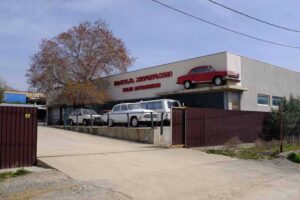
Tbilisi AutoMuseum Car Museum – Georgia
You may not have heard of this, but the small car museum in Tbilisi Georgia really has quite a lot to see. Buried in an
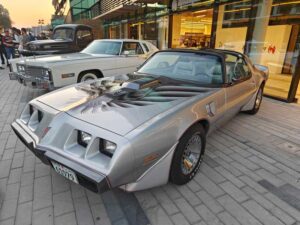
Bahrain Bike Week Classic Car Show December 2024
Bahrain Bike Week is the biggest event of its kind in the Middle East and the 2024 one was no exception. It’s not just the
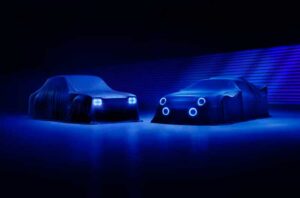
Ford Motor Company Bring Back Group 5 Mk1 Escort & Group B RS200 With The Help Of Boreham Motorworks
Ford have granted a licence to Boreham Motorworks, a division of the DVRN Automotive Group, to produce new versions of not just the Mk1 Escort
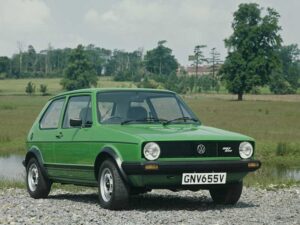
The VW Golf At 50 Years Old
Europe’s number 1 selling car the VW Golf has reached 50 years old this year, starting production on the 29th of March 1974. In
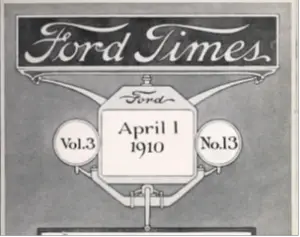
Ford’s Heritage Vault Makes The Ford Times Magazine Available To The Public
Ford’s expansion through the early 20th century was something to behold, the rapid growth of the company and the success of the Model T led
